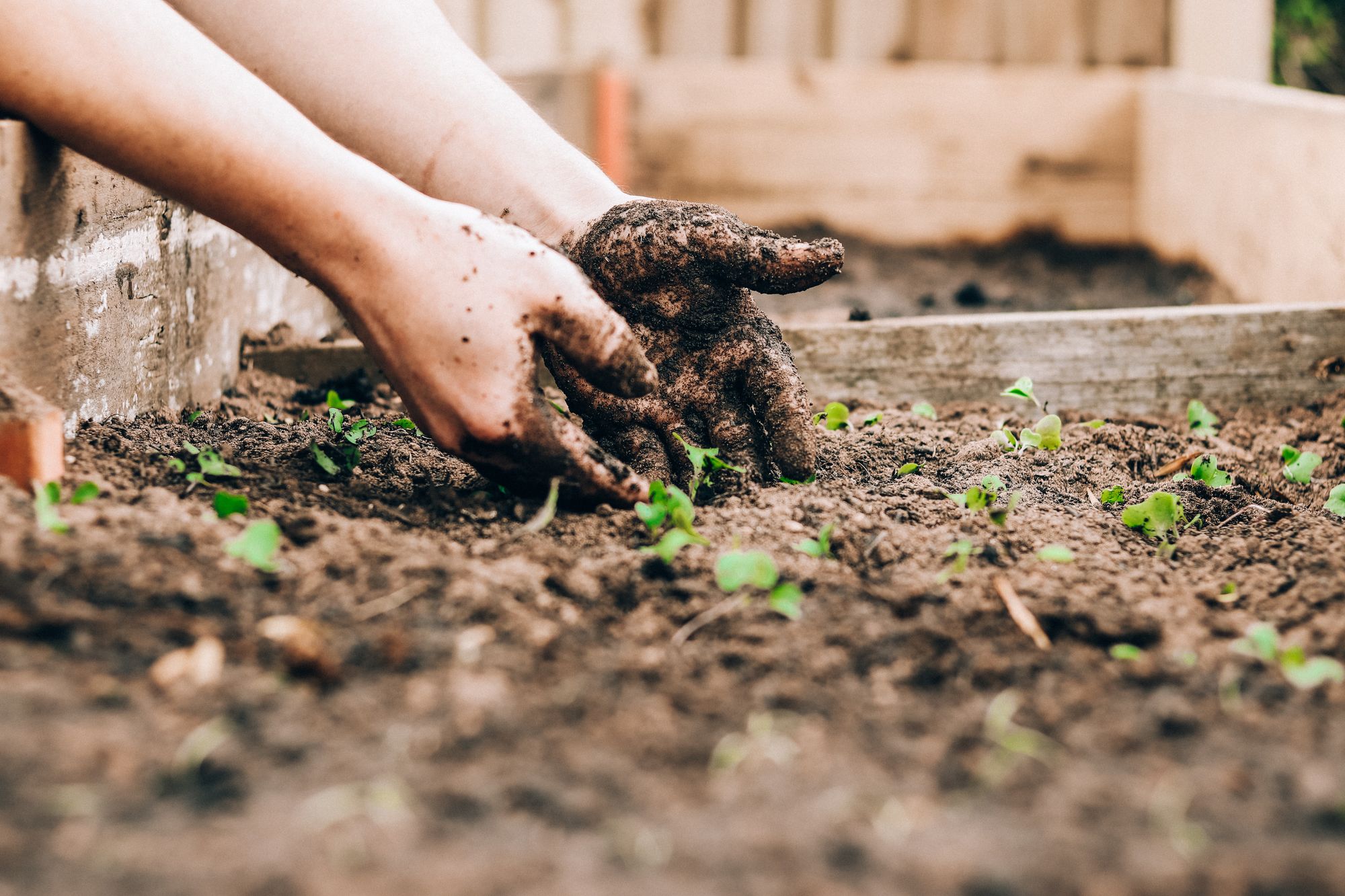Terms such as “sustainable,” “eco-friendly,” “water-wise,” and “carbon footprint” are now used in our day-to-day vocabulary. These terms directly influence how we live our lives and the legacy we will leave for future generations. So, it makes sense that creating a sustainable garden can be one of our contributions to Mother nature. It emulates and supports its surrounding environments and ecosystems and, in doing so, results in minimal negative impact.
A sustainable garden takes into account all direct and potential threats to the environment. Thoughtful choices regarding plant choice, water usage, organic, low-hazard products and materials, and recycling make a garden design sustainable. Even using locally-sourced materials and re-using what you already have in your backyard can make a big difference.
The sustainability of your garden generally depends upon your home’s exteriors, landscaping, and every biodiversity you hand-pick to put in there. Check the following list if you want to level up your gardening using sustainability practices:
Add rocks for permeability
Rocks can make for a spectacular garden, particularly when paired with the movement of running water and strategically placed garden lighting. Using a range of rock sizes and pebbles adds texture and interest to a garden. You may create drama with a focal point that draws the eye and mix smaller groups of rocks with larger boulders interspersed by plants.
Composed granite and pea gravels are some commonly used rocks that add to rainwater's permeability and speedy infiltration.
Take advantage of your gutter system
According to experts at Gutter Supply, try to take advantage of your gutter system and downspouts. Install and connect it to your rainwater tank to conserve water. Or when it looks like rain is on its way, simply have a few buckets on hand to capture it for later use. An innovative gutter system can also preserve your soil’s nutrients as it does not allow erosion within your garden soil. If you are unsure what gutter system to install, consult an expert or at least heed those that are recommended by experts from a local gutter installation provider.
Harvesting your own water helps reduce erosion, maximizes moisture available for healthy plant growth, and minimizes costs and reliance on town water supplies. All sustainable gardening options.
Introduce locally-sourced plant species
Locally sourced materials require less distance for transportation than exotic ones, reducing the material’s carbon footprint and potentially reducing its cost to the homeowner. Plant local indigenous plants to improve or create a sustainable habitat. What’s good about these plants is they can easily thrive in your local weather and climate. Using plants native to your geographical region connects your landscape to larger ecosystems, invites wildlife, and decreases the need for supplemental water and fertilizer. They supplement your garden perfectly because regionally native plants are adapted to native soils and climates. Plus, blooms create beautiful, dynamic gardens.
Be generous with mulching
Mulch has a lot of benefits for your garden. It can help to maintain balanced soil temperatures, increase water infiltration and retention, and prevent soil compaction. On top of that, it also controls erosion, reduces weeds, improves soil texture, and provides a source of organic matter for microorganisms.
Work with composts
Composting has the most impact on any sustainable gardening practice. Composting helps in recycling biodegradable materials and enriching your soil. So, it benefits the health of your soil and benefits your family at the same time. One of the most common composting practices is vermicomposting, also known as worm bins or Bokashi worms. Another method is simply planting green manures, which cover crops like rye, oats, and hairy vetch that are composted directly into soils.
Practice seed saving
Seed saving encourages you to be more in tune with your plants and assures that the seed you’ll plant next season has done well. Start with organic and open-pollinated varieties so you can save the seeds, reducing your need to buy year after year. Start with the easiest seeds to keep, like peas, beans, peppers, and tomatoes, and work from there. You may even harvest flower seeds from dried flowers, one of the most sustainable actions you can take. You may also propagate new plants for free from species that grow well in your garden.
Eliminate chemicals
Spraying pests with petrochemical pesticides and annoying weeds with toxic herbicides should not be part of your gardening habits. Remember, you must also avoid feeding your plants inorganic fertilizers that contaminate and pollute your soil and underground water. To boost the health of your plants, you can start by discarding pesticides and herbicides. After all, you built an ecosystem where preys and predators live with one another.
The majority of plants can easily handle some damage from insects without seriously affecting your plant’s health. If you still have doubts, you can make use of homemade pesticides. You can concoct this using baking soda, salt, vinegar, and dishwashing liquid. If you want to be confident with the proportions, consult a local expert in your place.
Practicing sustainability is protecting the environment through actions that benefit it or do it the least harm. The closer we come to a goal of complete gardening sustainability, the more reward to our gardens, our families, and the planet as a whole.

